Full business and design process
This project follows the Design Thinking process – from user insight and problem definition to ideation, prototyping, and testing. It’s a human-centered approach that ensures the final concept is both relevant and realistic – balancing emotional value with business potential.
Brief
This school project was part of the KEA Jewellery Technology & Business programme, created during a design collaboration with Georg Jensen. The brief challenged us to:
Celebrate the brand's Skønvirke heritage rooted in nature
Reflect the present cultural moment
Design future-proof, sustainable jewellery pieces
Our goal was to translate Georg Jensen's core values — craftsmanship, nature, and timeless design — into a bold, contemporary collection.
Research & Business Context
Empathize
We began with a comprehensive brand and market review:
SWOT Analysis identified Georg Jensen's strengths in craftsmanship and heritage, while highlighting the need to engage younger, expressive audiences.
Positioning Map clarified the brand’s place in the accessible luxury space and pointed toward opportunities for emotional storytelling and new gender expressions.
Alina Wheeler's Brand Brief guided our alignment with Georg Jensen’s values: authenticity in materials, honesty in craft, and daring innovation.
These analyses informed both design and communication strategy, helping us navigate how far we could push boundaries while still feeling true to the brand.
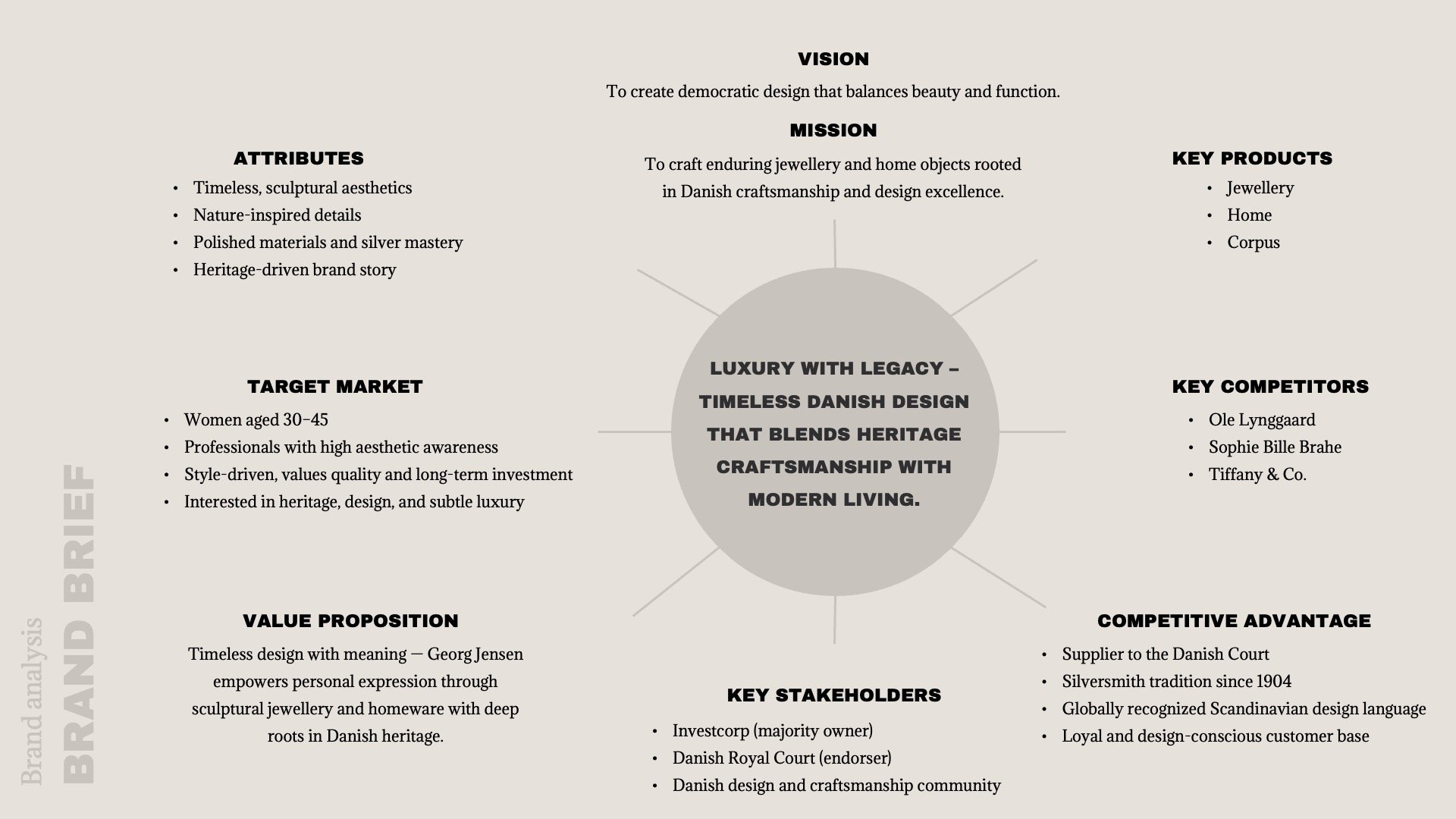
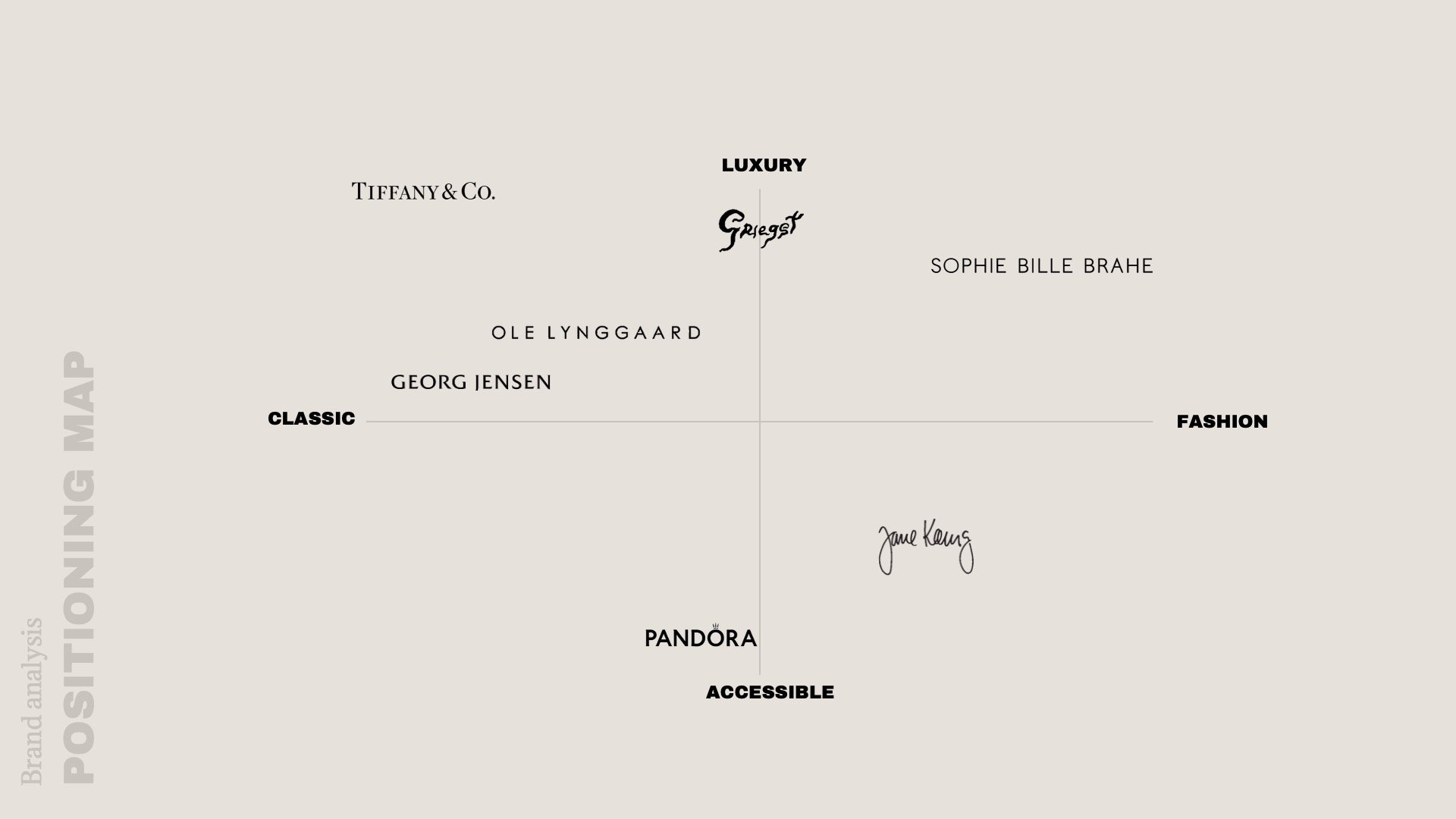
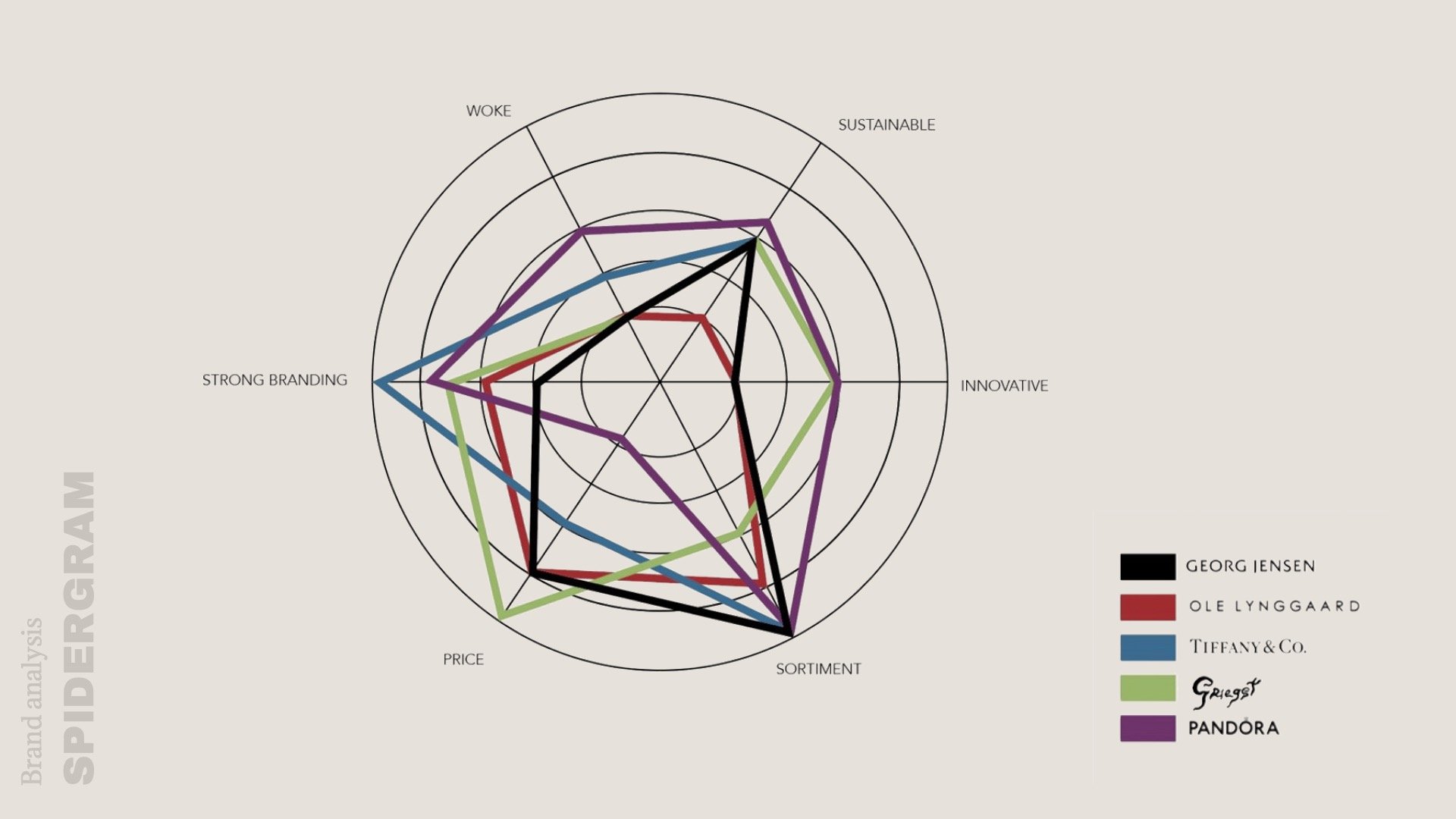
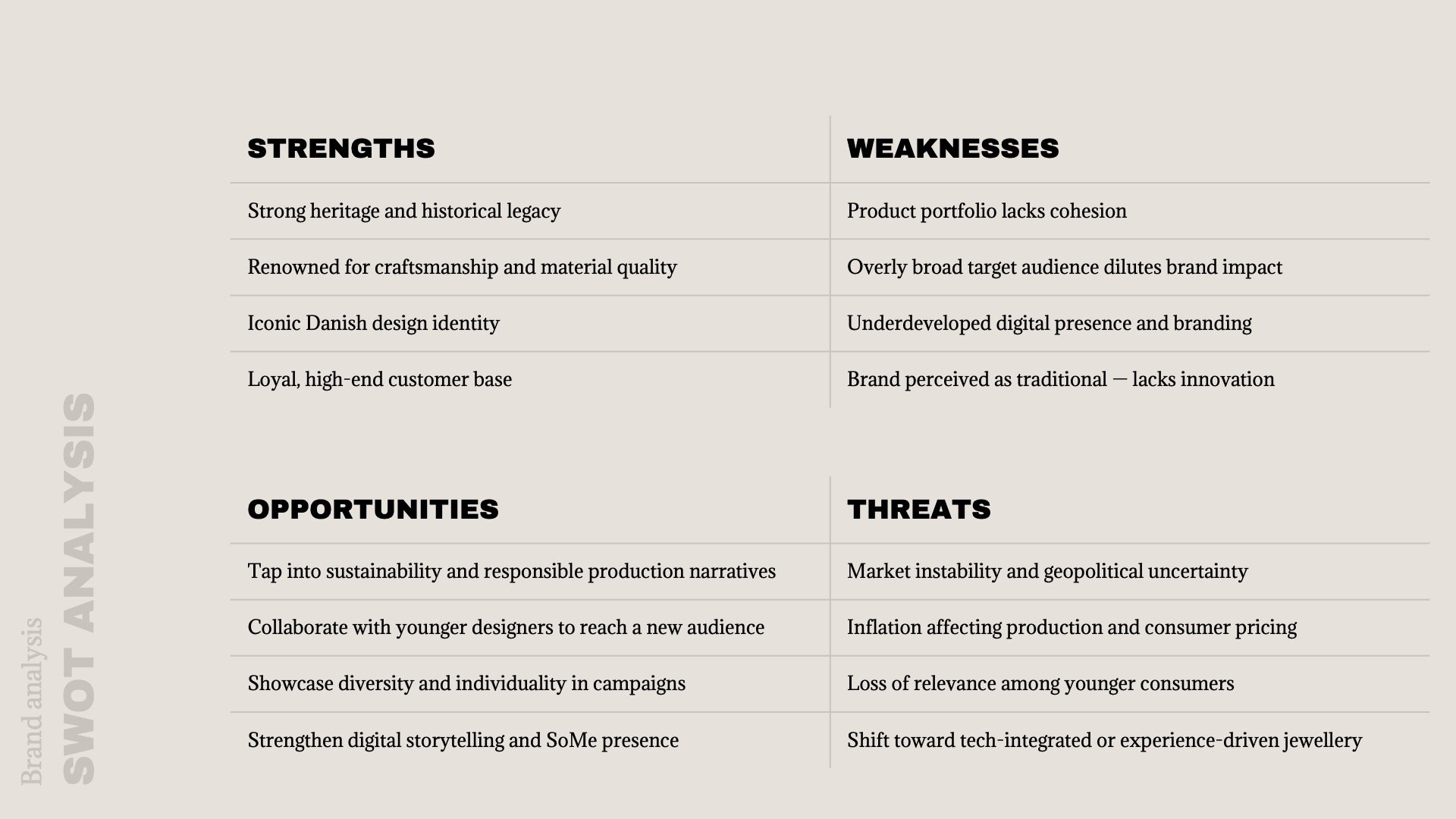
Target Group, Persona & Strategic Framing
Define
POV: Jay needs a polished silver jewellery collection that is inclusive and made of sustainable materials, inspired by futuristic Skønvirke.
Why: Because Jay wants to express their romantical aesthetics and values transparency from brands.
Jay is not defined by traditional gender roles. Their expression is poetic, bold, and fluid. This helped us break with Georg Jensen’s traditionally feminine target persona and instead design for a new generation of jewellery wearers.
Our persona development was grounded in empathy mapping and archetype-based thinking, allowing us to predict emotional motivators and values across a spectrum of users.
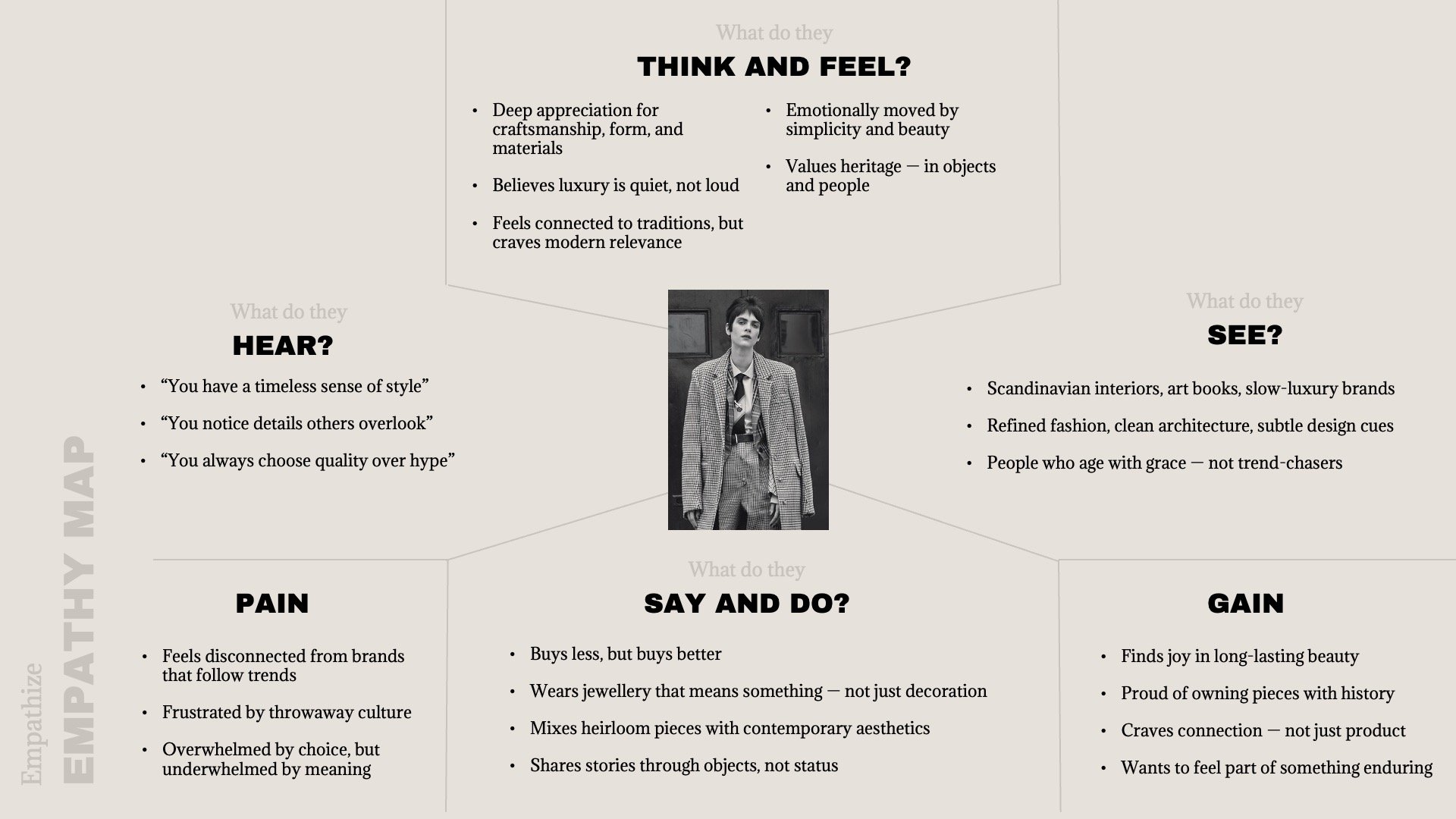
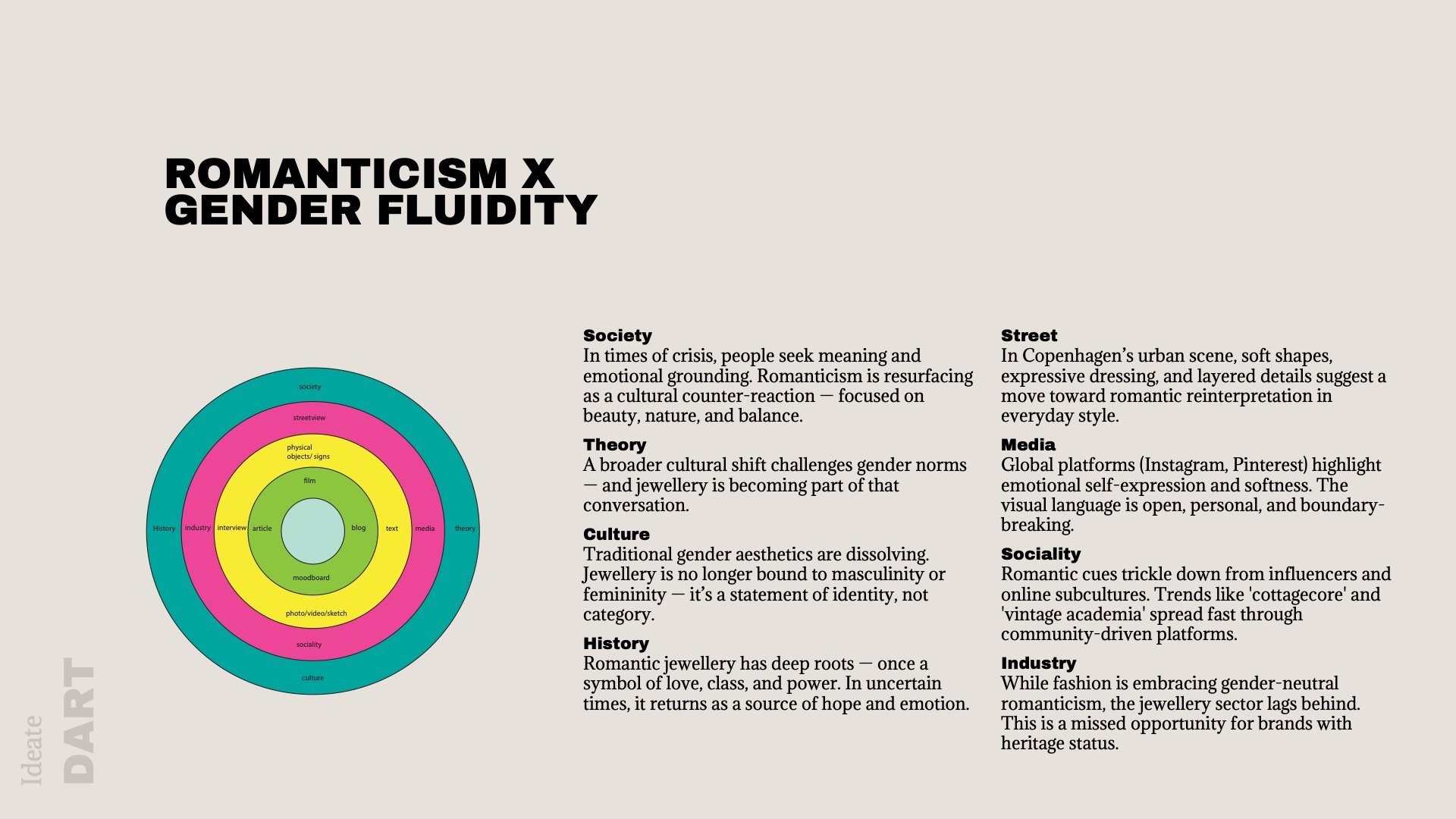
Design Drivers & Moodboard
Define
We developed the concept "Inclusive Romanticism" based on:
WGSN trend forecasts and macrotrend research
Street-level observations in Copenhagen’s fashion and design scenes
A cultural response to ongoing global instability, reflecting a desire for softness, hope, and emotional expression
Design Drivers:
Futuristic Skønvirke
Flora/Fauna references
Polished silver with symbolic detailing
Transparency, sustainability, inclusivity
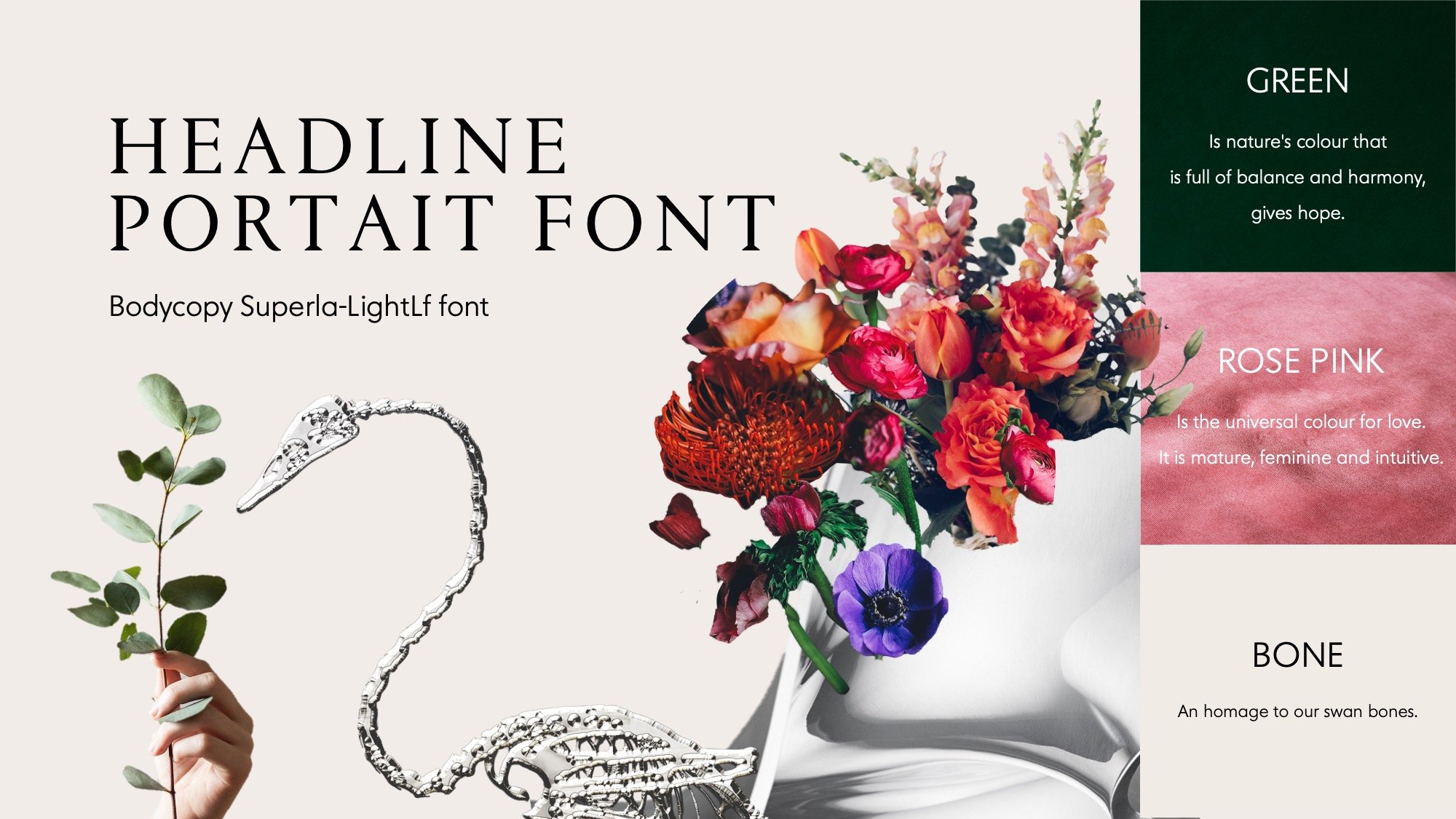
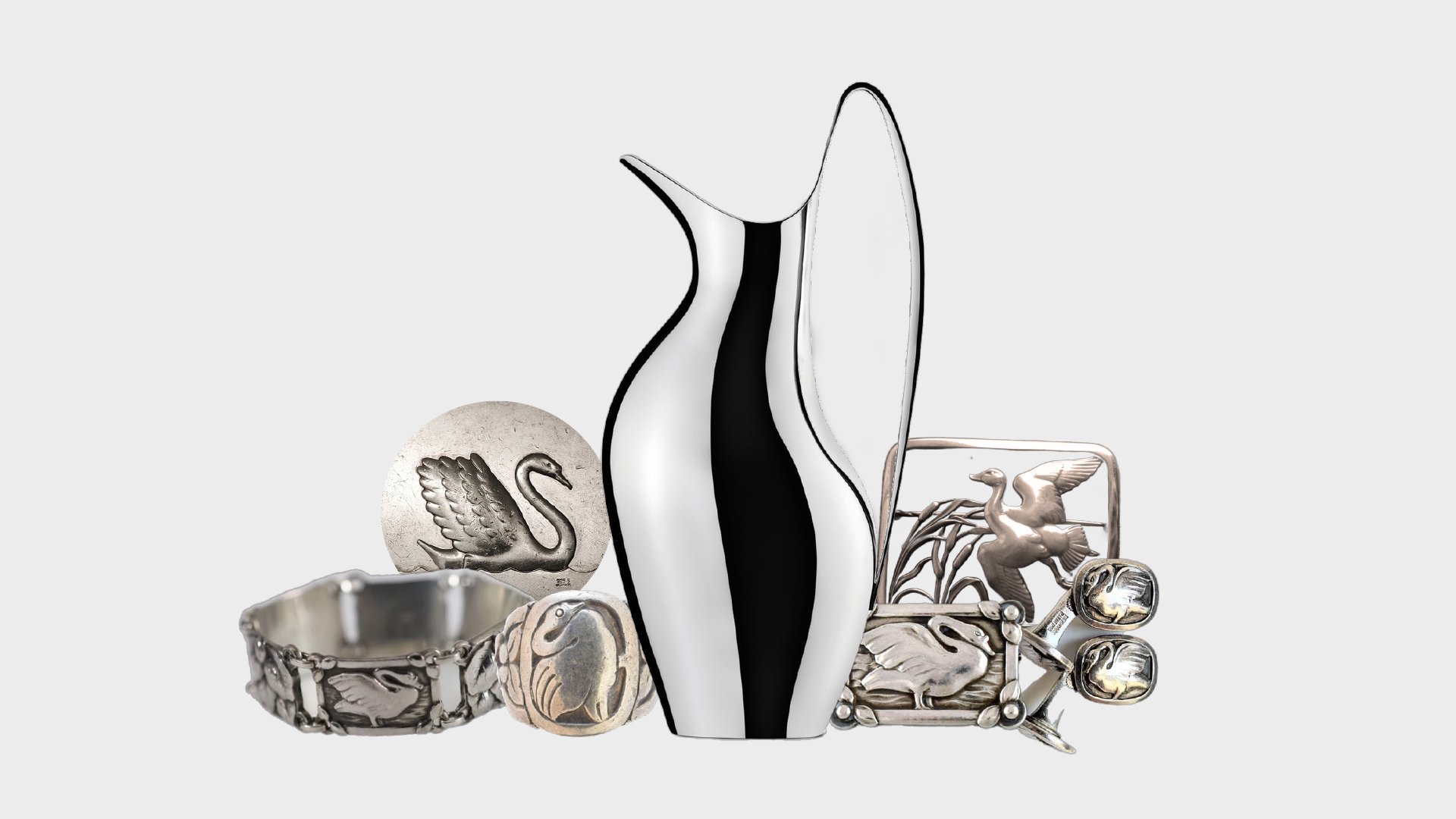

Sketching & Material Experiments
Ideate
Inspired by the swan — a long-standing Georg Jensen motif — we went beneath the surface. Instead of its elegance, we explored its bone structure, using real 3D scans to recreate natural, asymmetrical shapes. These were translated into design elements through Rhino modelling, 3D printing, and physical prototyping.
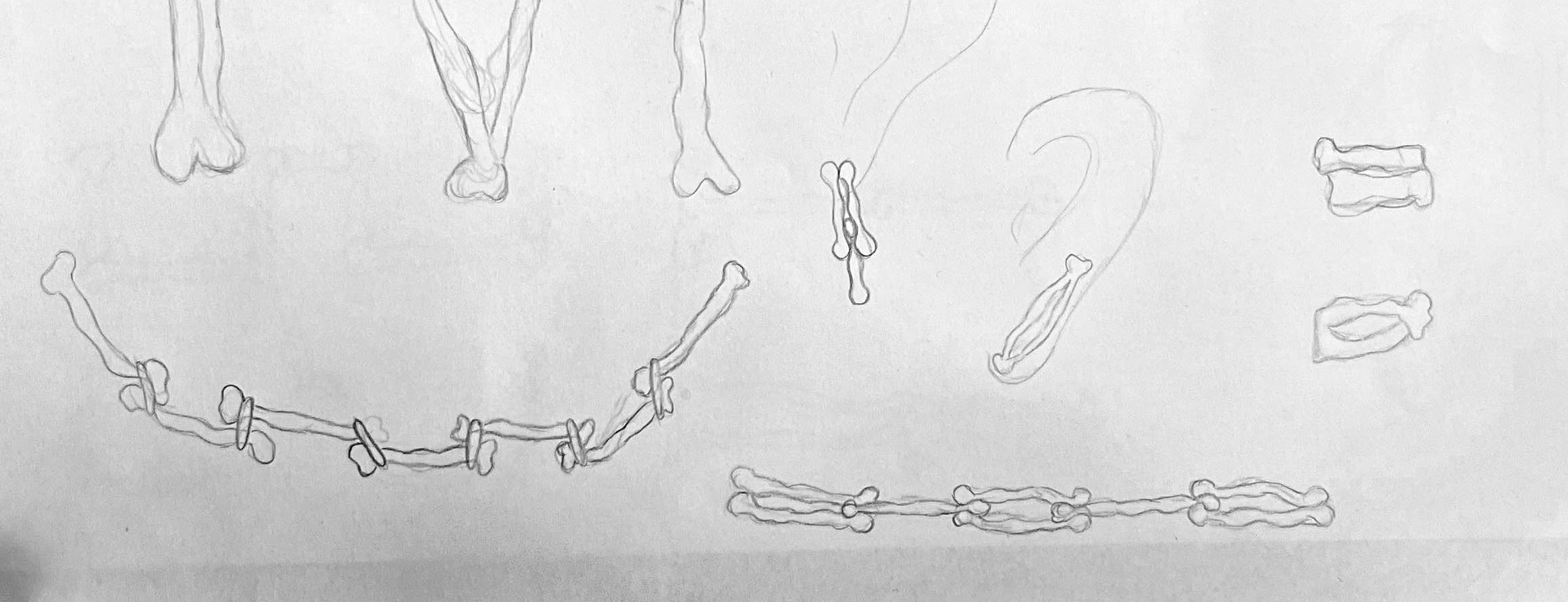
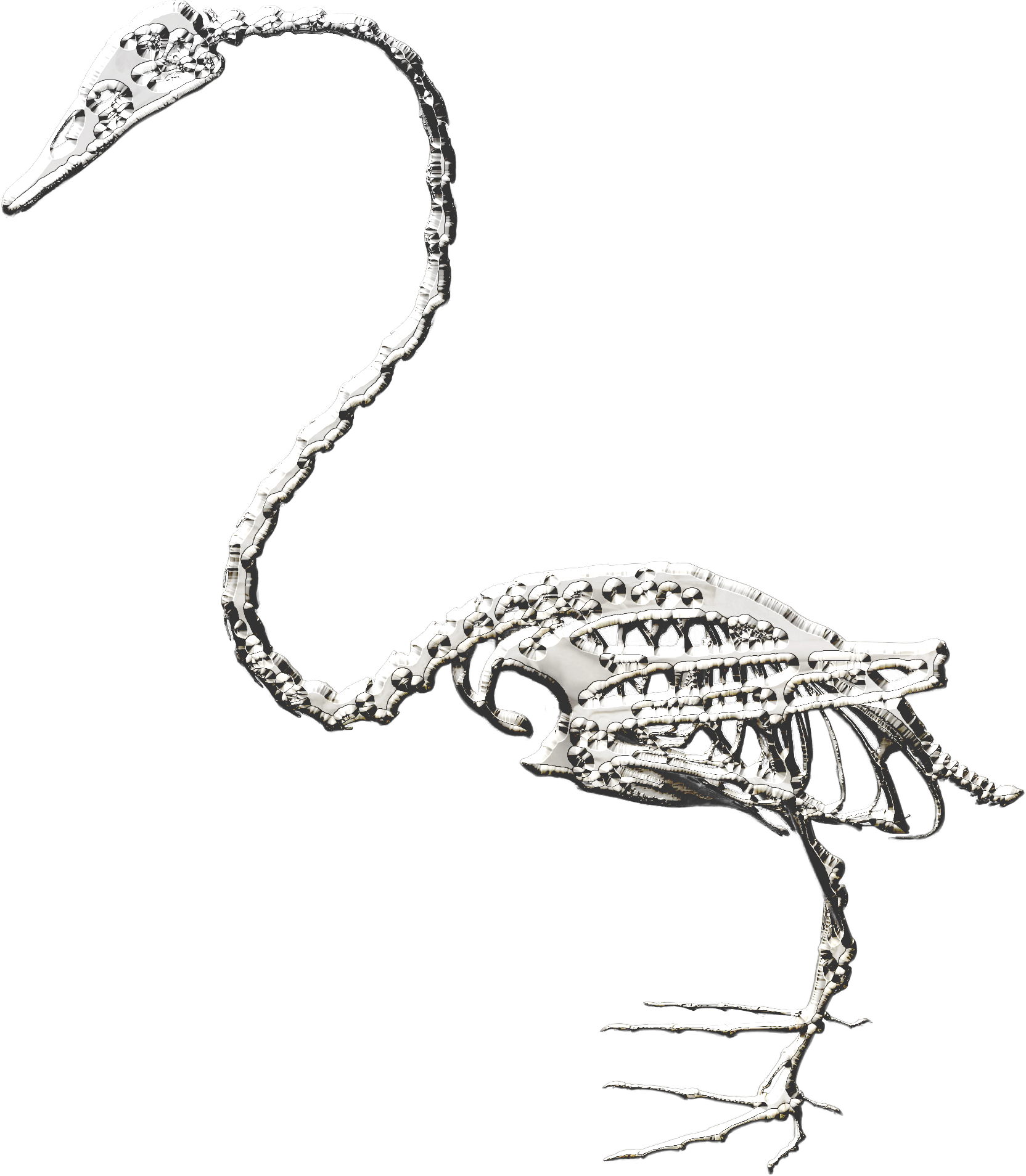
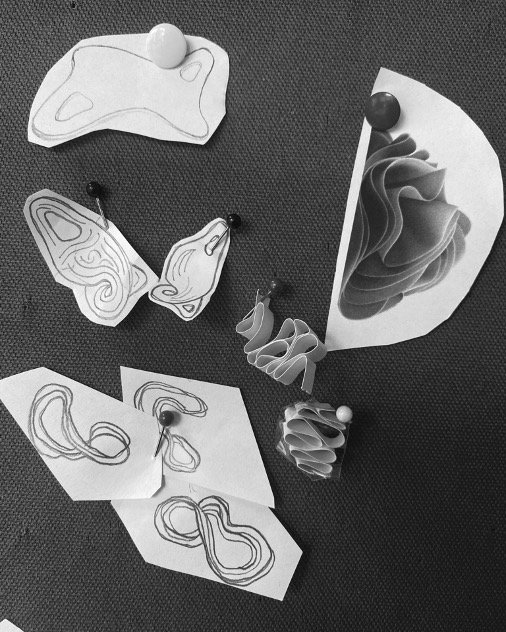
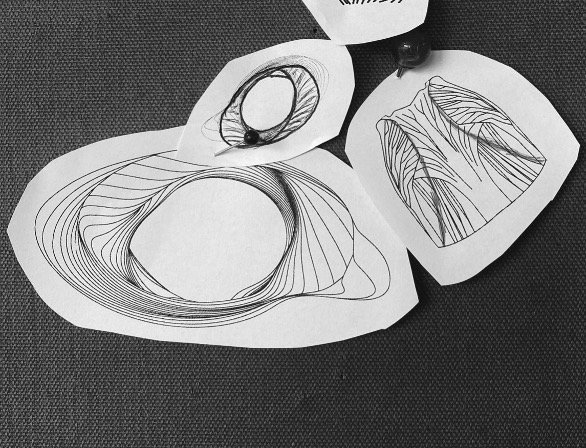
Prototype & Test
Key Insights
We presented and tested our concept through a mid-process critique and final pitch, gathering professional feedback.
Strong resonance with modularity and emotion-driven design
Positive feedback on branding and customer journey
Recognition for proposing a relevant yet surprising sub-identity for Monies
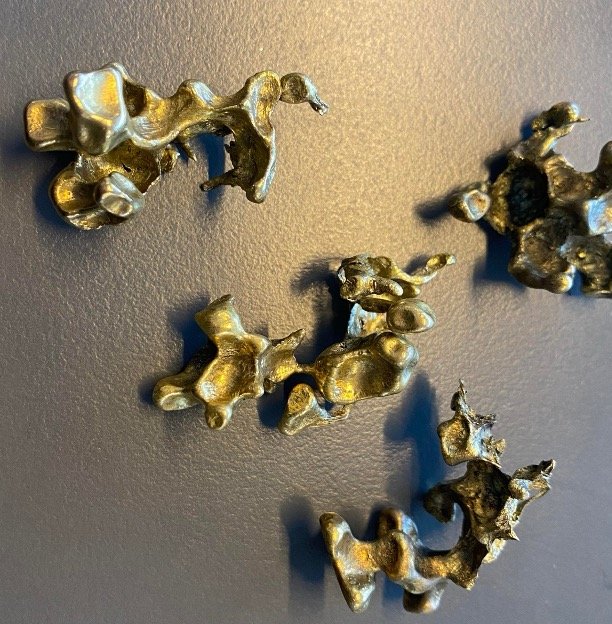
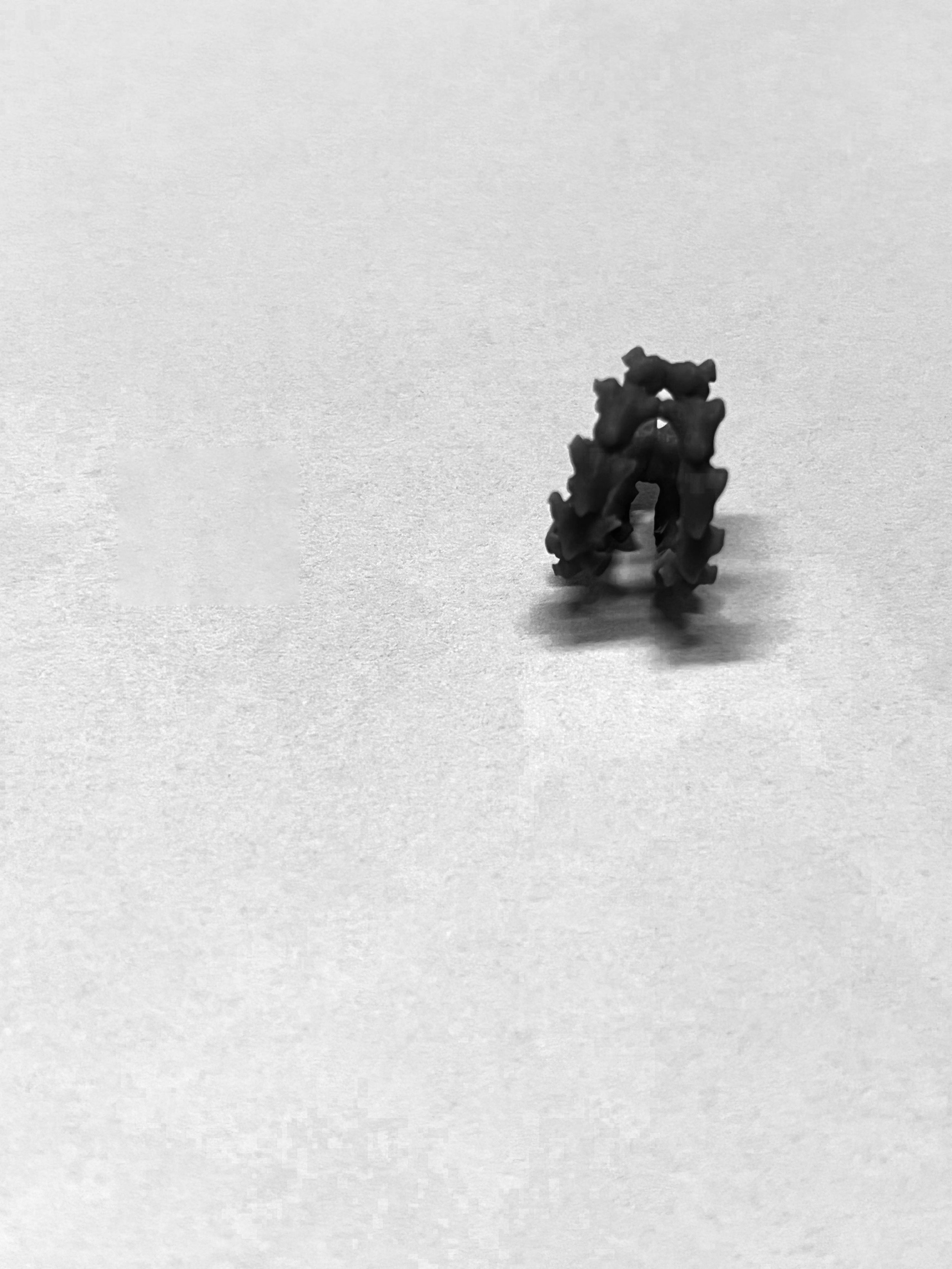
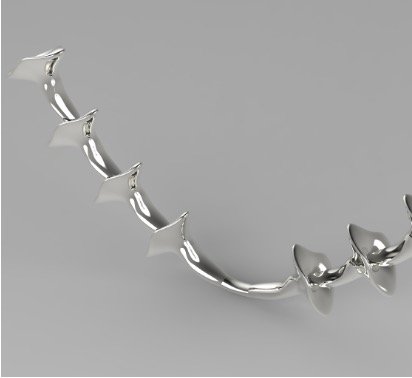
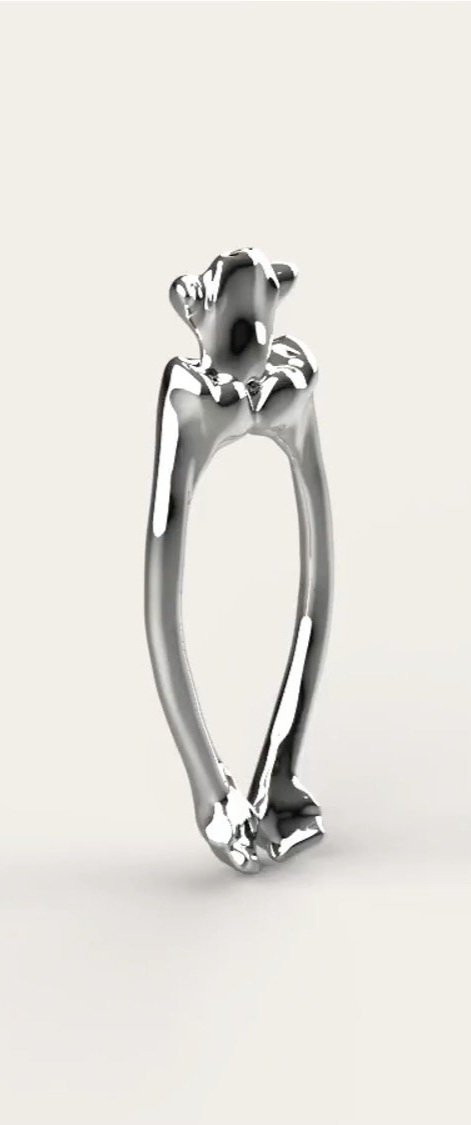
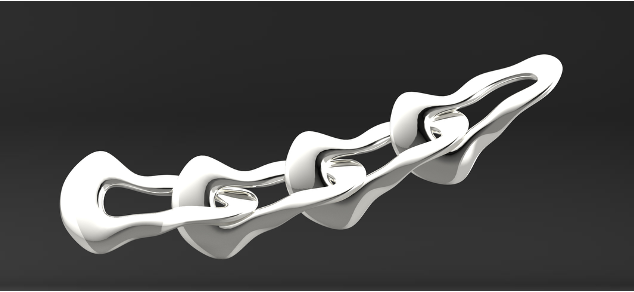
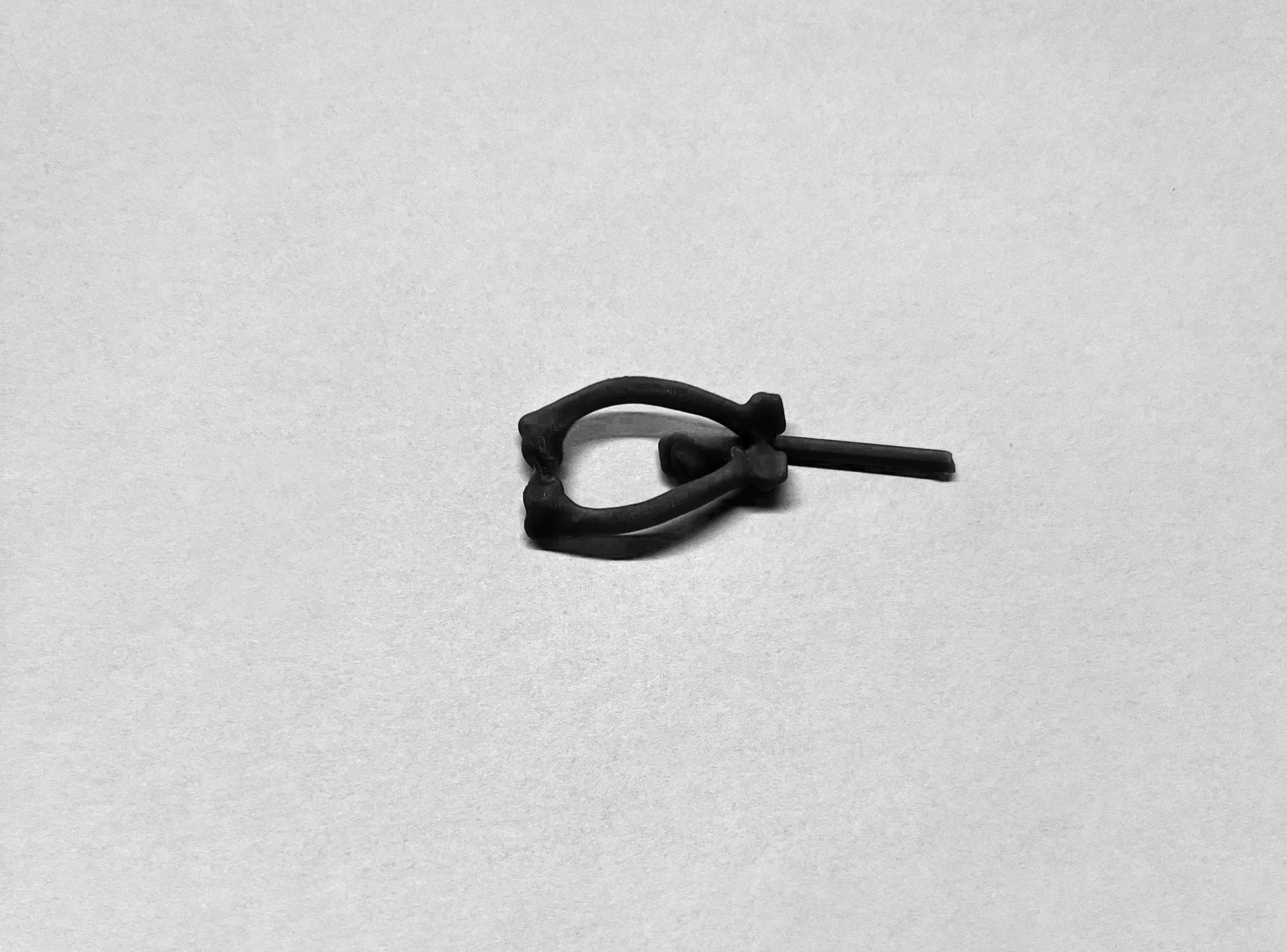
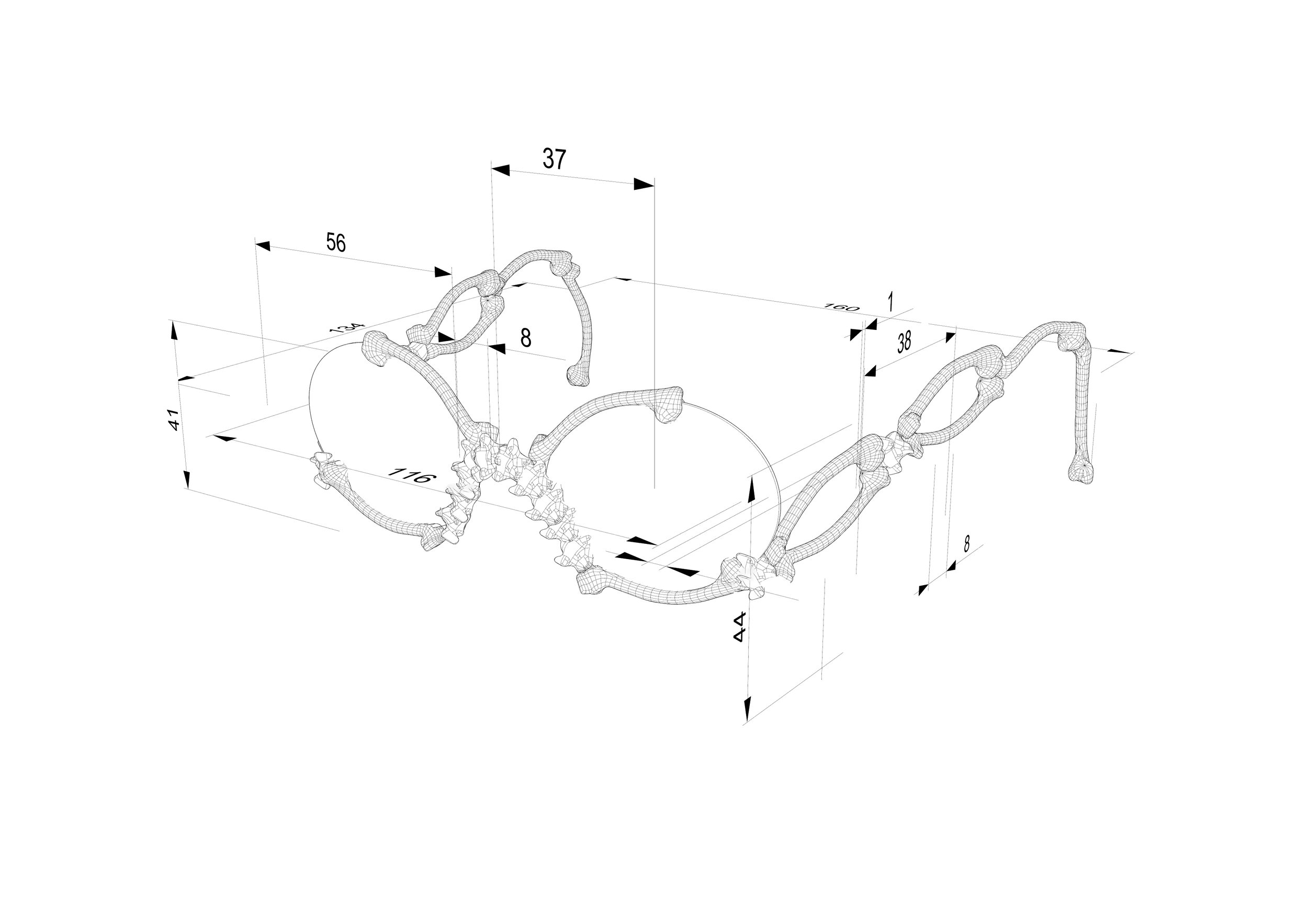
Outcome
Kind Heart Club is a modular jewellery brand built on emotional truth. Designed with — not just for — neurodiverse and emotionally expressive users, it transforms colour and language into wearable identity tools. It’s soft and bold, structured and chaotic — just like the people who wear it.
The project shows how deep research, vulnerability, and storytelling can create not just a brand — but a space to feel seen.
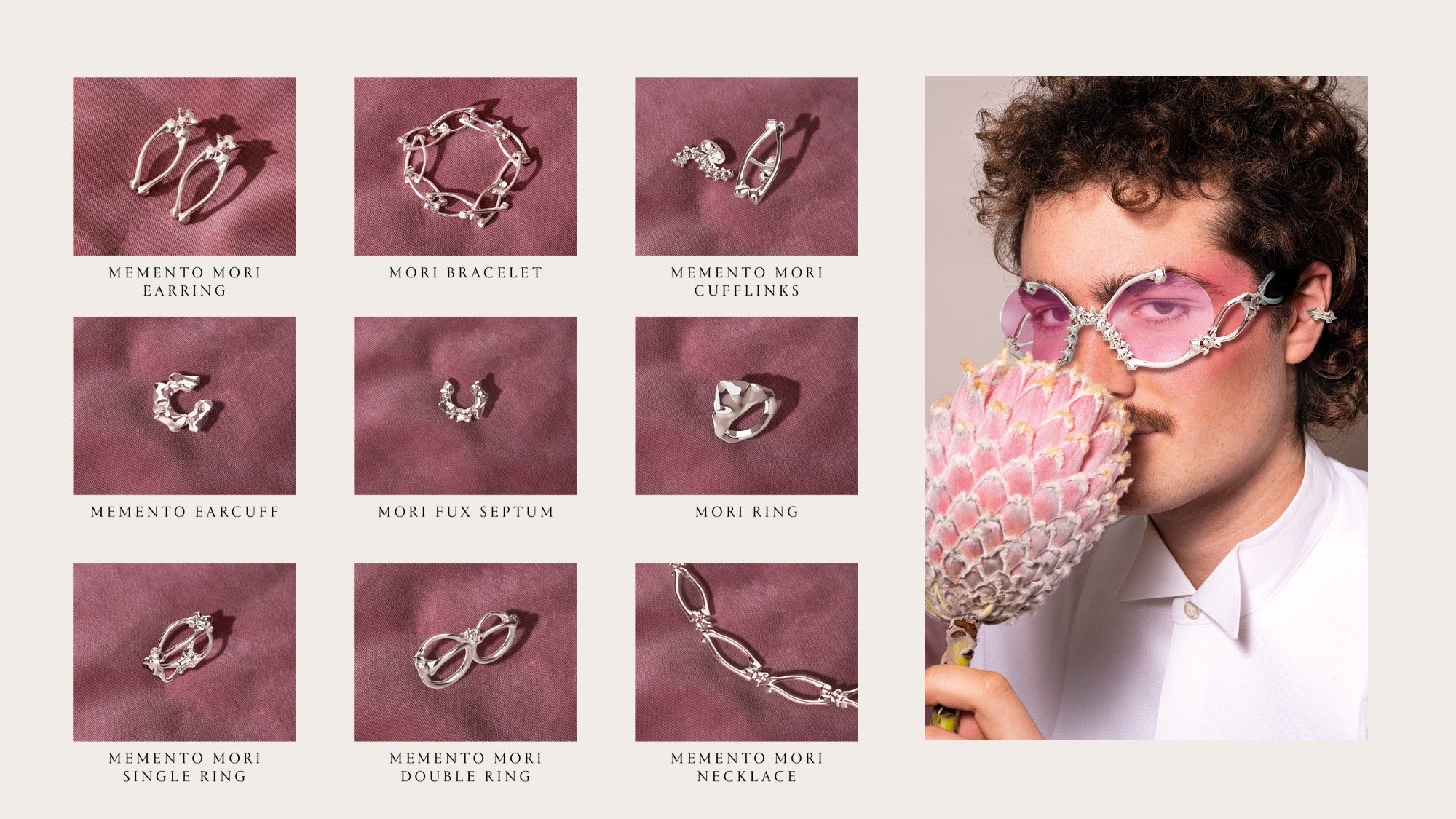
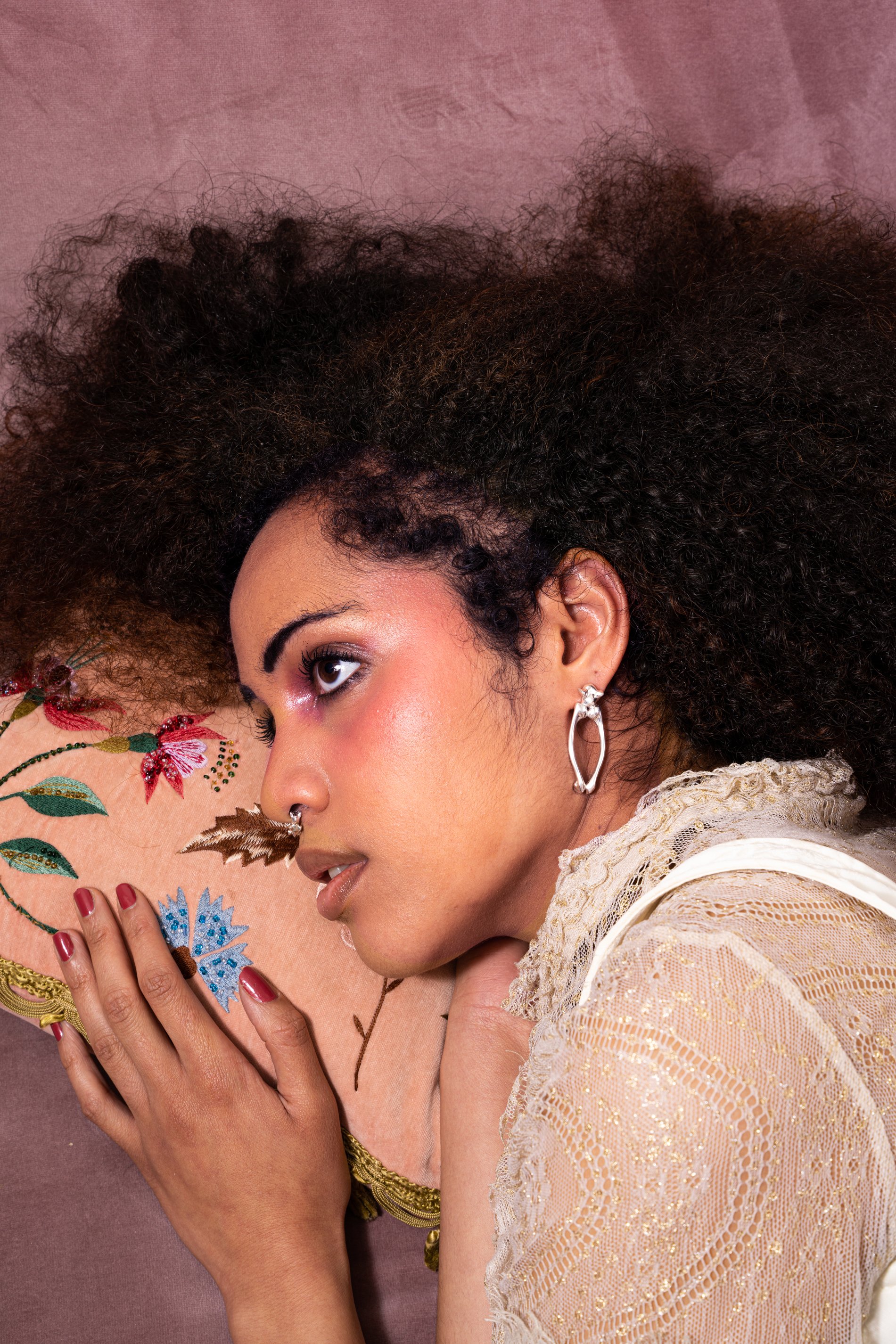
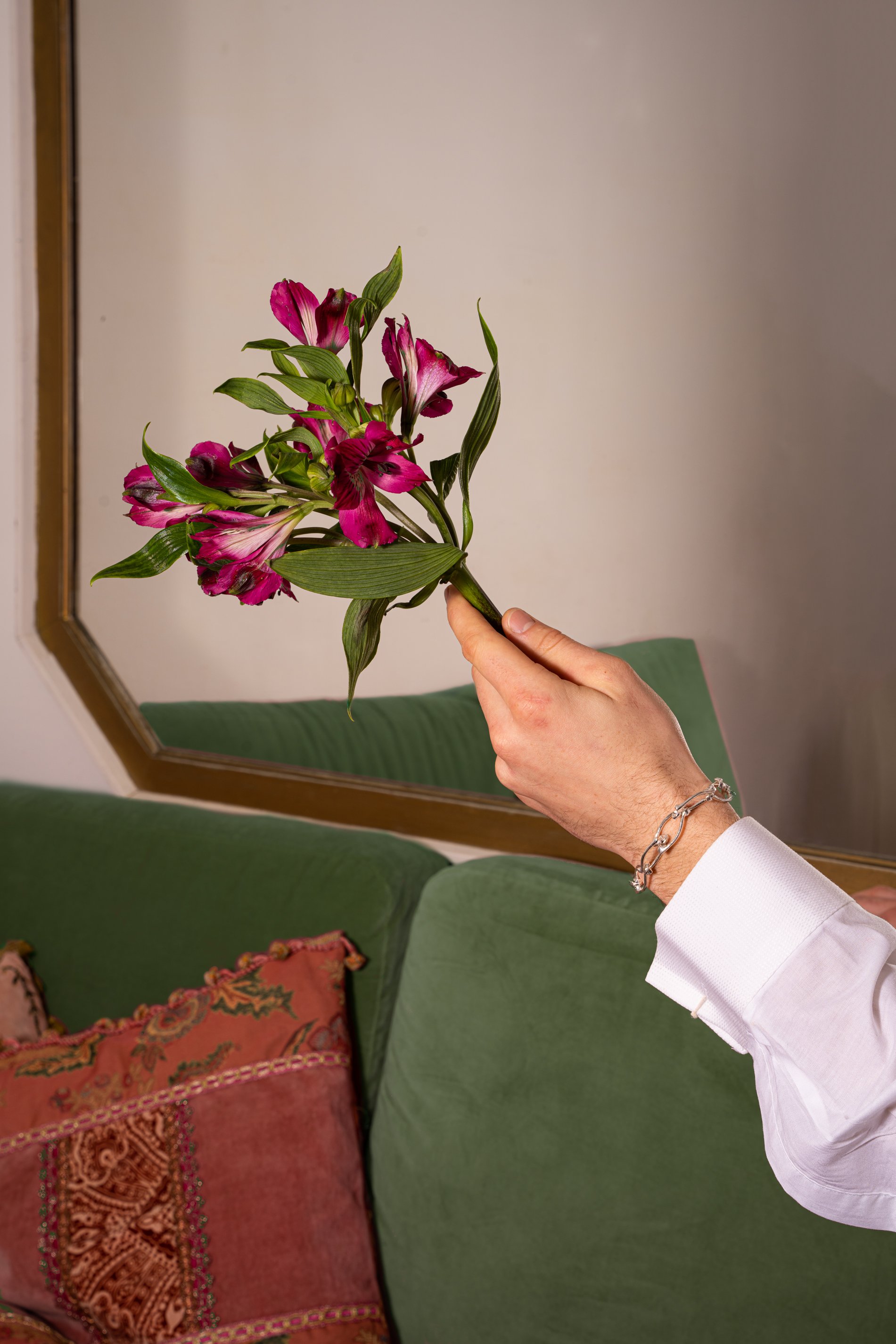
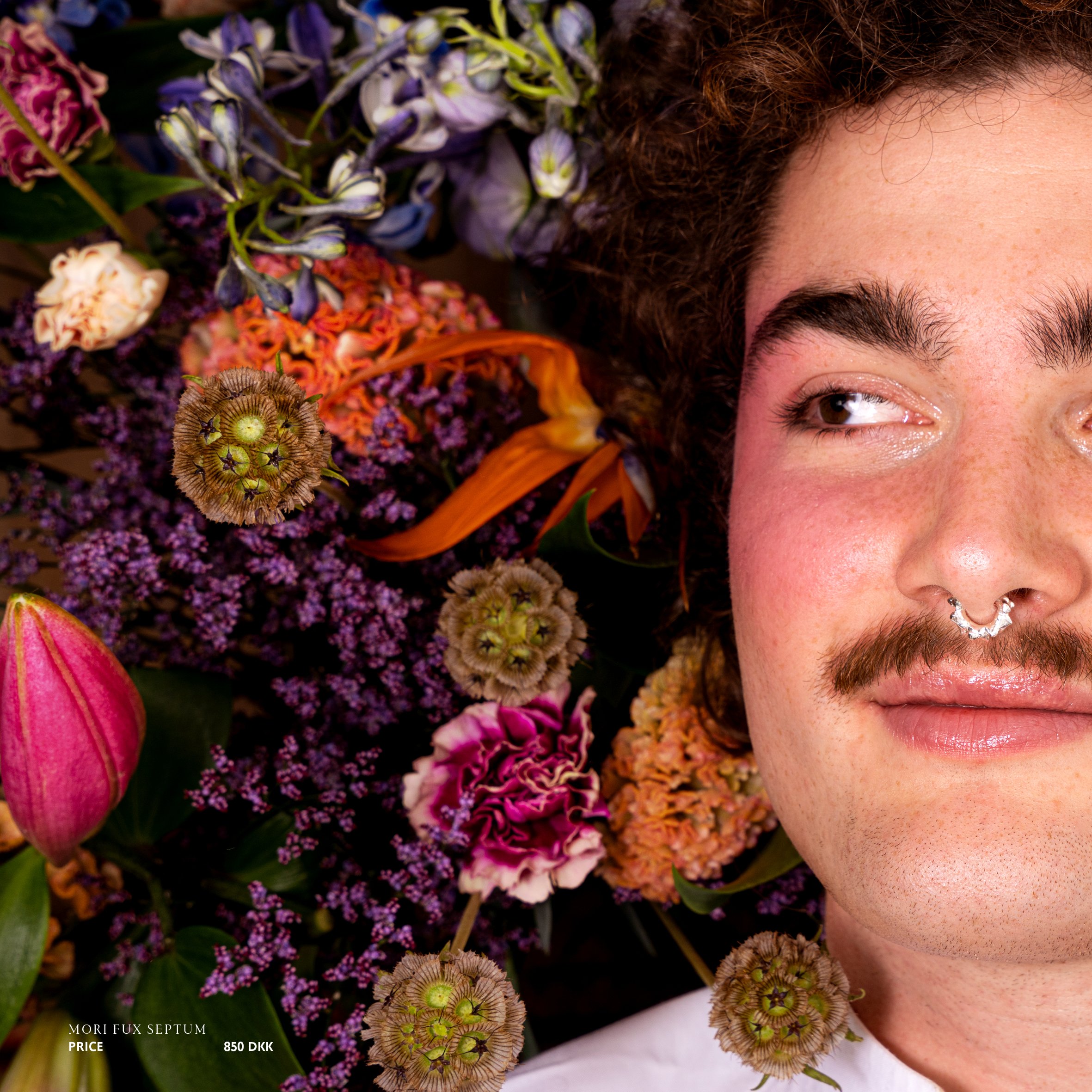
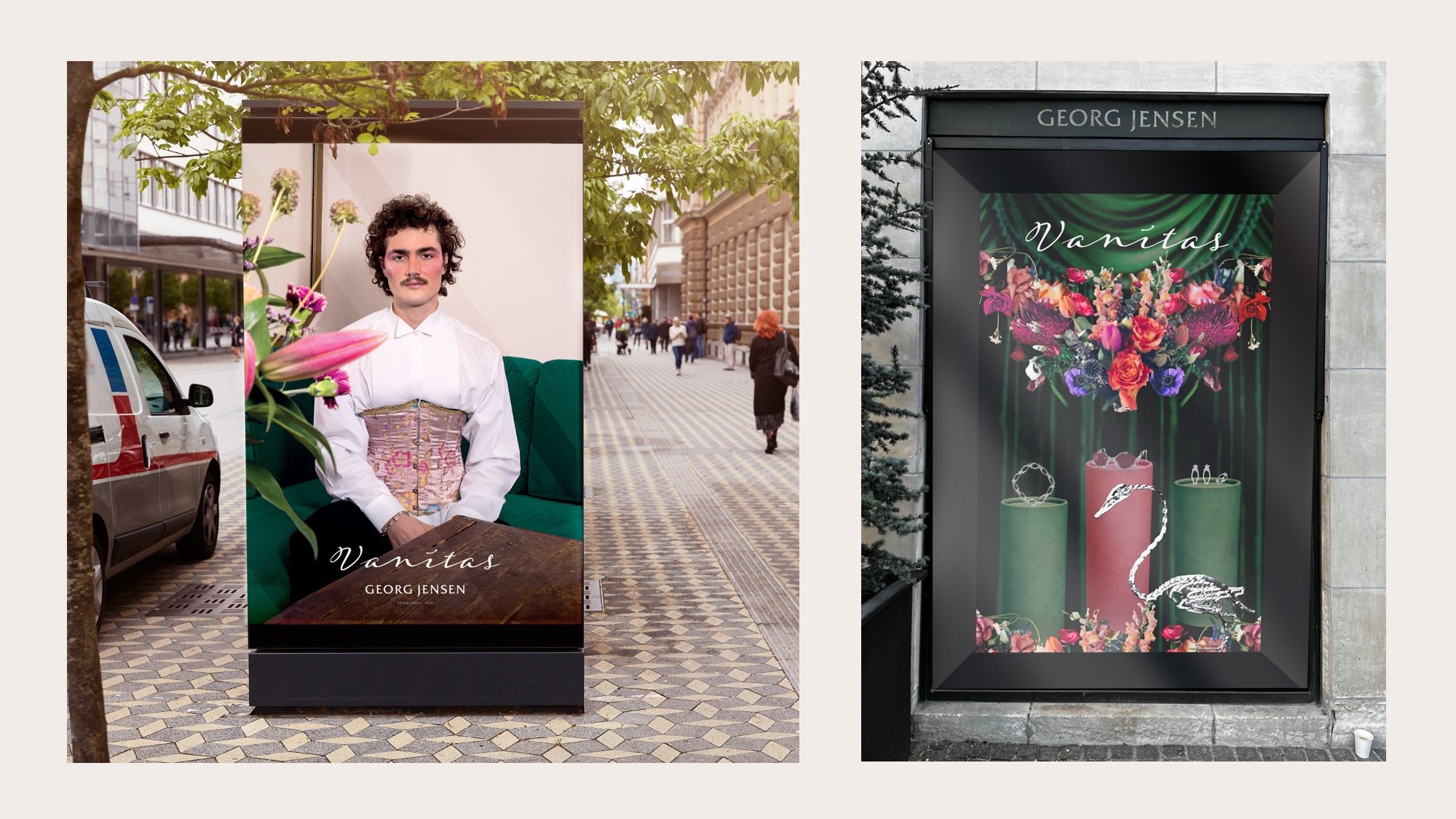
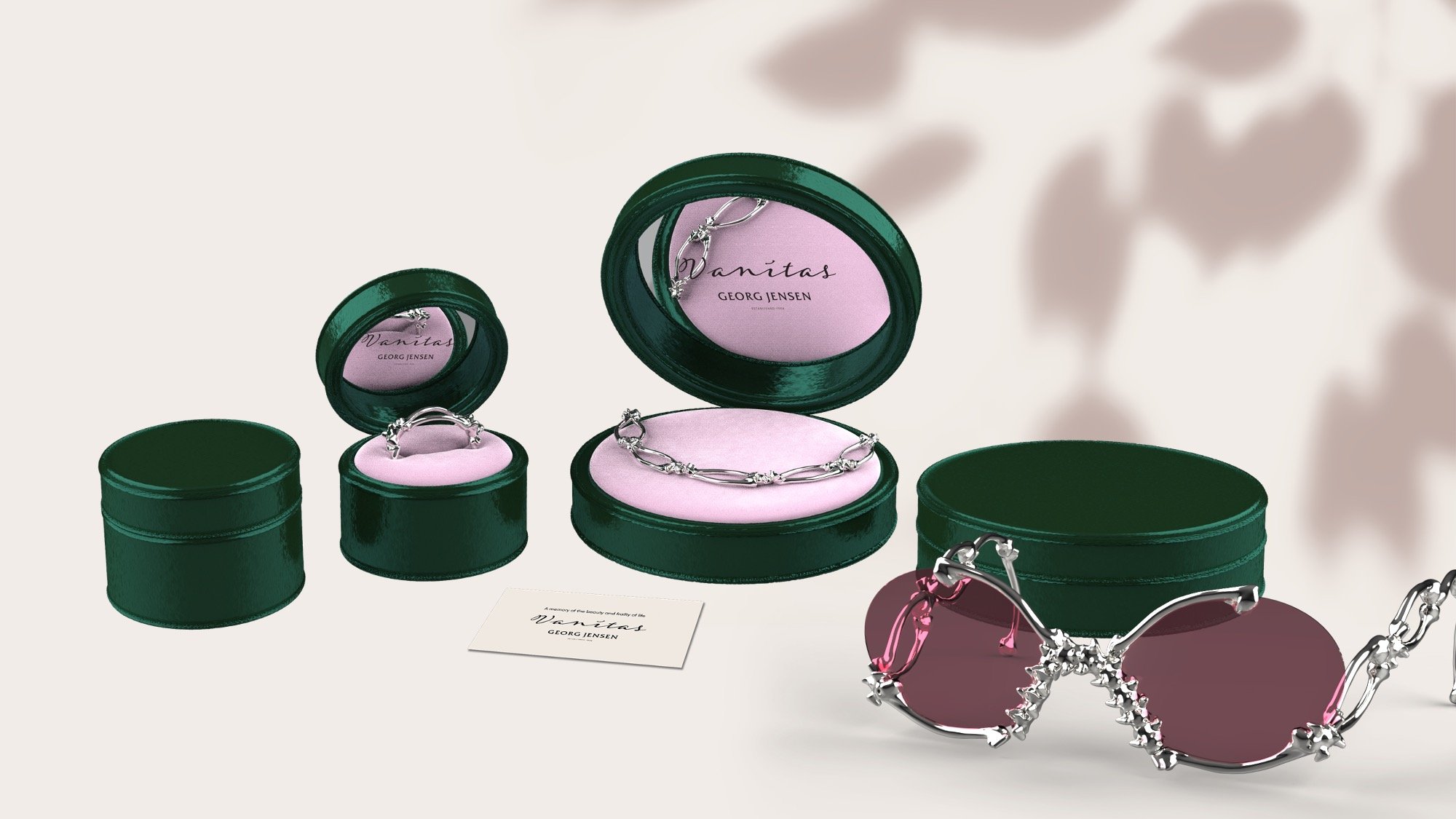
Team
This project was developed by:
Marie Müller
Natascha Glentvor
Rebeka Dumitru
Sofia Bülow
Sine Marie Harwits

